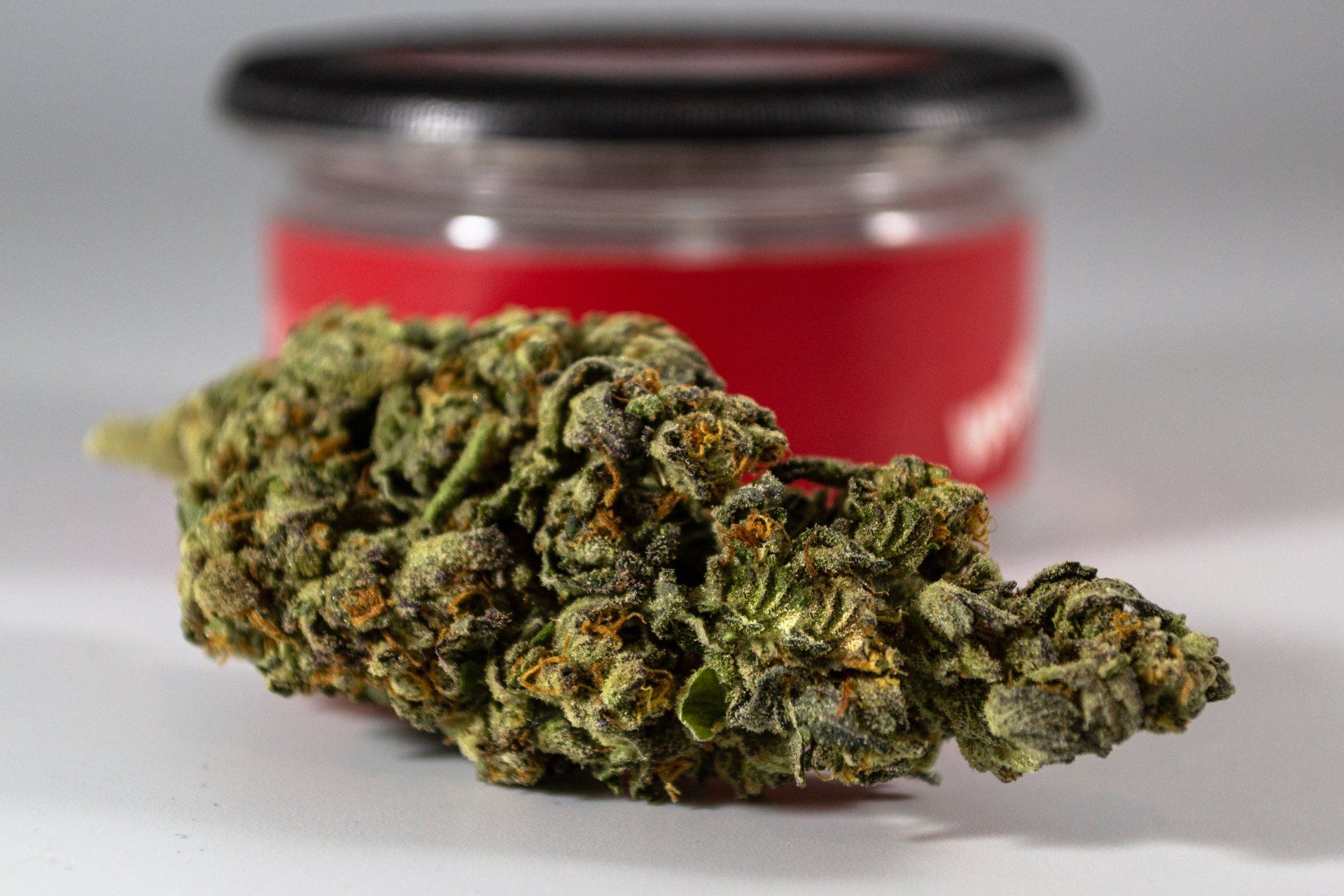Preserving Potency: The Degradation of THC and Cannabinoids
Guardians of Potency: Unraveling the Forces that Shape the Shelf Life of THC and Cannabinoids
For cannabis enthusiasts, understanding the factors that can influence the degradation of THC and other cannabinoids is essential to preserving the potency and quality of their cannabis products. THC (tetrahydrocannabinol) and cannabinoids play a crucial role in the psychoactive and therapeutic effects of cannabis. In this blog, we explore the various factors that can impact the degradation of THC and cannabinoids, providing insights into how to maintain the freshness and efficacy of your cannabis products.
- Light Exposure:
Exposure to light, especially ultraviolet (UV) light, is a significant factor contributing to the degradation of THC and cannabinoids. Light can break down the chemical structure of these compounds, leading to a reduction in potency over time. To minimize light-induced degradation, store cannabis products in opaque, airtight containers in a cool, dark place.
- Temperature:
Temperature plays a crucial role in cannabinoid stability. High temperatures can accelerate the degradation process, leading to a decrease in THC and cannabinoid levels. Avoid storing cannabis products in areas exposed to heat, such as near stoves, ovens, or direct sunlight. Optimal storage temperatures are around 60-70°F (15-21°C).
- Oxygen Exposure:
Exposure to oxygen can cause the oxidation of cannabinoids, resulting in a loss of potency. As such, airtight storage is crucial to preserving the freshness of cannabis products. Vacuum-sealed containers or using vacuum-sealing techniques can help minimize oxygen exposure and slow down degradation.
- Moisture:
Moisture can lead to mold and mildew growth on cannabis flowers, impacting their overall quality and safety. Moreover, excess moisture can also affect cannabinoid stability. Keep cannabis products in a dry environment, and consider using moisture packs to maintain appropriate humidity levels during storage.
- Time:
The degradation of THC and cannabinoids is an inevitable process over time. Even under ideal storage conditions, cannabis products will gradually lose potency. To mitigate this, it is recommended to consume cannabis products within a reasonable time frame from their purchase or production.
- pH Levels:
The pH level of the environment in which cannabis is stored can influence its stability. An acidic environment may increase the rate of degradation, so maintaining a neutral pH is essential for optimal storage.
- Packaging Quality:
The quality of the packaging used for cannabis products can significantly impact their degradation rate. High-quality, airtight, and opaque containers with proper seals are essential to prevent exposure to light, oxygen, and moisture.
Preserving the potency of THC and cannabinoids in cannabis products is crucial for obtaining the desired psychoactive and therapeutic effects. Being mindful of factors such as light exposure, temperature, oxygen, moisture, time, pH levels, and packaging quality can significantly impact the degradation rate of cannabinoids. By storing cannabis products in optimal conditions and consuming them within a reasonable time frame, cannabis enthusiasts can ensure they have a fresh and potent experience every time they indulge in their favorite cannabis strains and products.
SHARE:
Disclaimer: The information provided in this article is for educational purposes only. The content is not intended to be a substitute for professional medical advice, diagnosis, or treatment. Always seek the advice of your physician or other qualified healthcare provider with any questions you may have regarding a medical condition. The use of cannabis, including smoking, may have potential health risks and may not be suitable for everyone. It is essential to understand and abide by the laws in your country or state regarding cannabis use. The author and publisher of this article are not responsible for any adverse effects or consequences that may result from the use of the information presented in this article. This blog is sponsored by
Fresh Mint.












